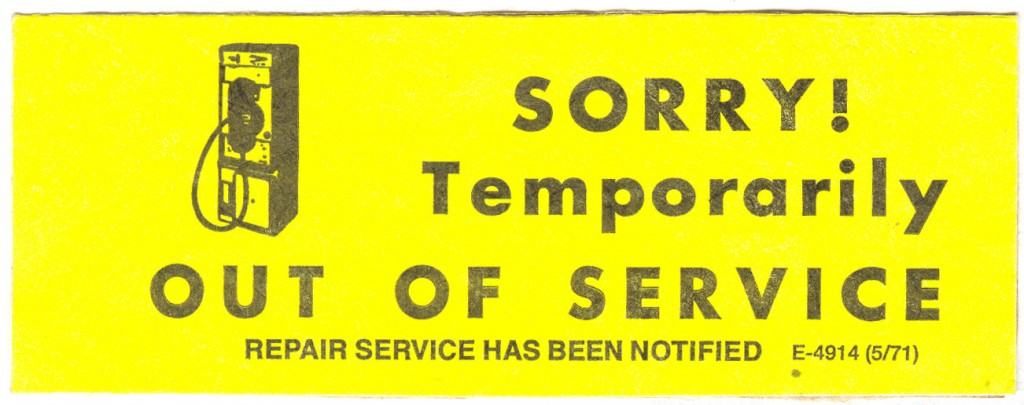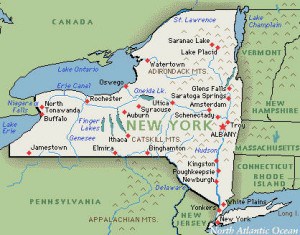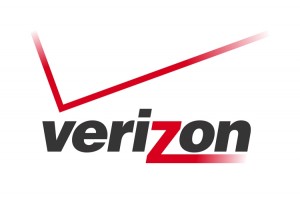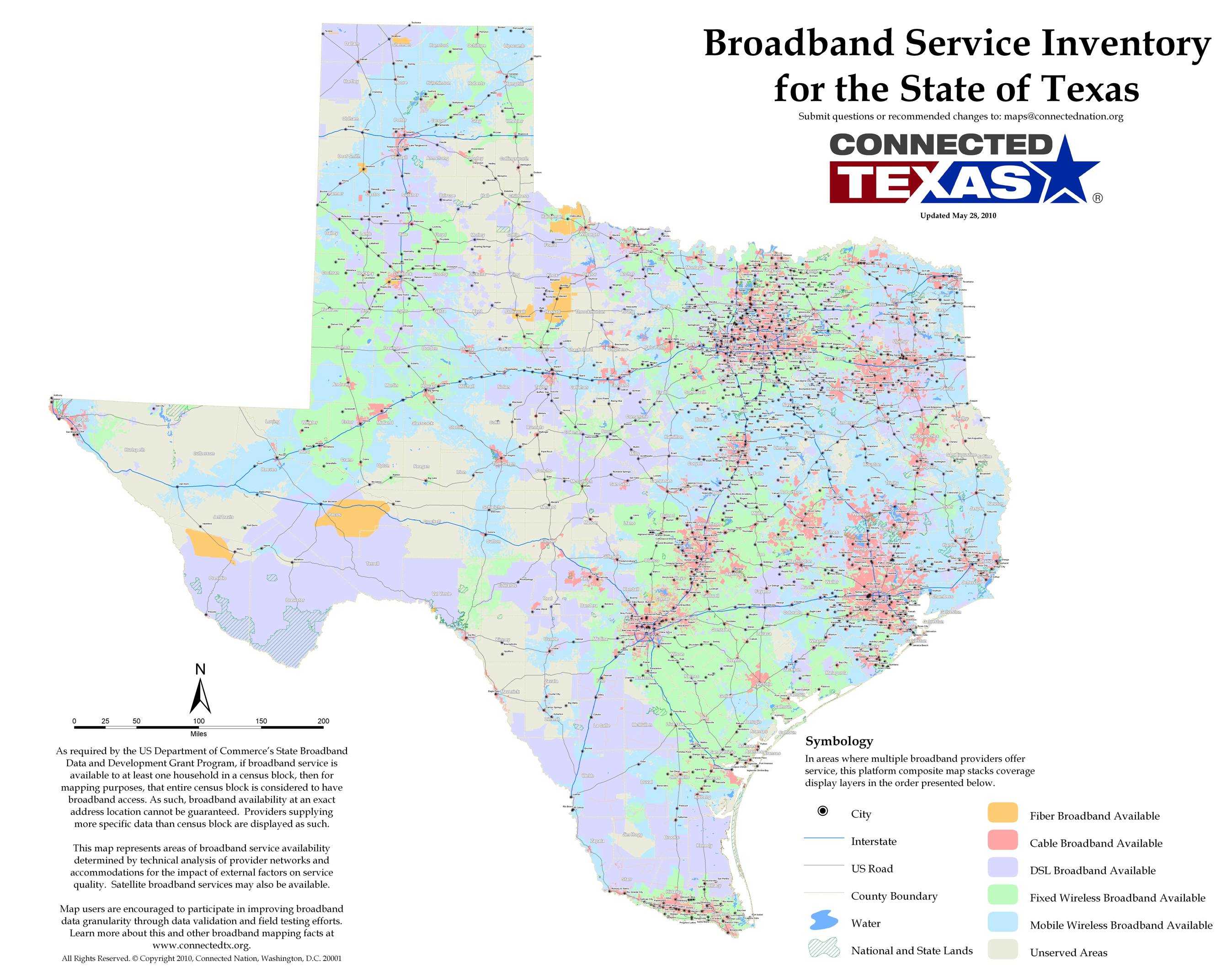 Talk about bad timing. Just as the transition between Verizon and Frontier Communications was about to get underway, a fiber cable cut in Virginia June 29th caused a multi-state outage for Frontier DSL’s service. In downstate New York, tens of thousands of customers lost service.
Talk about bad timing. Just as the transition between Verizon and Frontier Communications was about to get underway, a fiber cable cut in Virginia June 29th caused a multi-state outage for Frontier DSL’s service. In downstate New York, tens of thousands of customers lost service.
News of the outage was picked up by the Times Herald-Record, which reported nearly 30,000 customers in Orange and Rockland counties without service from 2-11am. A Times reader named Steve observed, “I thought this outage was just the typical monthly DSL outage I suffer every month with Frontier. Think service is bad now? God help us when they get their hands on that chunk of Verizon territory. I suspect it will be overwhelming for them, from financial and technical viewpoints.”
Several thousand customers near Rhinebeck and Hopewell Junction were also impacted, according to a story in the Poughkeepsie Journal. Reader MarienneV noted this wasn’t the first Frontier DSL outage she’s dealt with:
We noticed that there was no Internet at my house at around 5am yesterday. It was after 8pm when we were finally able to get online. This is not the first time it happened either, about a week or two ago Frontier had an outage that lasted at least five hours. Since there is no local television news up here, I felt kind of cut off from the world. I hope the Internet stays on now.
A similar service outage hit Frontier customers in the Middletown area, according to the Mid-Hudson News.
Since the transition, now even former Verizon customers are being exposed to Frontier DSL outages, especially in West Virginia where widespread problems are attracting the attention of the state Public Service Commission.
The Charleston Daily Mail today reports more than 500 customers in Martinsburg alone seem to have had problems with Internet service since Saturday:
The commission, in its May 13 order approving Frontier’s acquisition of Verizon’s landline network, required Frontier to spend millions of dollars to increase broadband deployment and subscriptions in what was Verizon’s service territory. However, the commission does not regulate Internet service.
On Tuesday Doug Stone said he and his brother-in-law, who both live outside of Martinsburg, hadn’t had Internet service since Saturday morning. Stone said a Frontier customer service representative in Texas told him the company had over 500 calls from the Martinsburg area about Internet service.
Tuesday evening Frontier spokeswoman Brigid Smith said, “The outage in Martinsburg seems to be the direct result of faulty workmanship by Verizon two weeks prior to the completion of the acquisition,” and was directly related to Verizon’s movement of a switch from Maryland to West Virginia. She added, “The cooling equipment Verizon installed was insufficient for the additional data equipment associated with this project.
“My partners at Frontier are working incredible hours to make right many things that have been too long ignored,” Smith said.
A Marmet resident who asked to not be identified said Wednesday that she and a friend, who also lives in Marmet, were without Internet service. “They tell us it will be 24 to 48 hours before they fix it,” she said. “I want you to know the problems aren’t just in Martinsburg.”


 Subscribe
Subscribe









